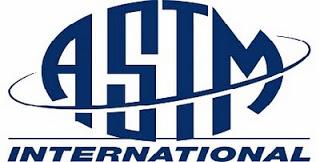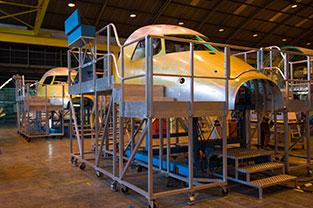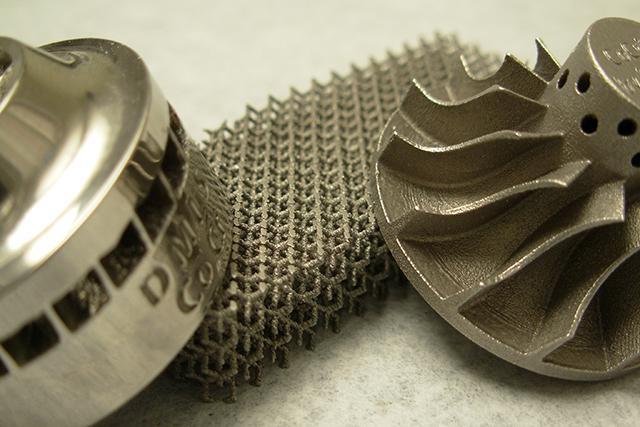 A new ASTM International working standard may be on the books soon. The proposed standard,”Practice for Metal Powder Bed Fusion to Meet Rigid Quality Requirements” (WK46188) will outline the protocol for the operation and production of powder bed fusion machines used in additive manufacturing and 3-D printing.
A new ASTM International working standard may be on the books soon. The proposed standard,”Practice for Metal Powder Bed Fusion to Meet Rigid Quality Requirements” (WK46188) will outline the protocol for the operation and production of powder bed fusion machines used in additive manufacturing and 3-D printing.
The working instruction will contain requirements for parts made with powder bed fusion methods that use laser and electron beam sources. “Powder bed fusion” generally refers to manufacturing processes that use a laser to fuse or melt metal powders in a bed. Electron beam melting, selective laser sintering, selective laser melting and direct metal laser sintering can all be used to create products using “powder bed fusion.”
This directive will likely be used by suppliers setting up shop to create parts using powder bed fusion processes and manufacturers who will use the guidelines to create their own in- house guidelines.
house guidelines.
The guideline will increase the safety and quality of parts created via powder bed fusion according to Shane Collins, ASTM member and director, program management, Incodema3d LLC. “Additive manufacturing is based on the capabilities of the machines used in the process,” said Collins. “The machines have been historically designed for the rapid prototyping industry, and we are taking those same machines and now asking them to make safety critical components. WK46188 will illustrate what the critical parameters for successful powder bed fusion are, how to determine the upper and lower limits of the process and ensure all components are exactly the same.”
The announcement to codify working standards for metal powder bed fusion parts comes of the heels of an ASTM subcommittee’s approval of ASTM F3091 this month (August) and ASTM F3049 in July.
ASTM F3091 or “Specification for Powder Bed Fusion of Plastic Materials” is a written standard for powder bed fusion of plastic materials. It specifies end-use properties such as mechanical, tolerance, surface finishing and post-processing for polyamide parts produced using SLS. ASTM F3049 or “Guide for Characterizing Properties of Metal Powders Used for Additive Manufacturing Processes,” will benefit those who use and make metal powders in the automotive, aerospace and medical fields.
It is without a doubt that a solid set of standards will need to be in place as the technology around additive manufacturing continues to rapidly develop. ASTM has also recently signed a MOU with America Makes outlining a framework for cooperation between the two, in hopes of creating a set of standards within the industry. Let’s hear your thoughts on this story in the additive manufacturing standards forum thread on 3DPB.com.
Subscribe to Our Email Newsletter
Stay up-to-date on all the latest news from the 3D printing industry and receive information and offers from third party vendors.
You May Also Like
Profiling a Construction 3D Printing Pioneer: US Army Corps of Engineers’ Megan Kreiger
The world of construction 3D printing is still so new that the true experts can probably be counted on two hands. Among them is Megan Kreiger, Portfolio Manager of Additive...
US Army Corps of Engineers Taps Lincoln Electric & Eaton for Largest 3D Printed US Civil Works Part
The Soo Locks sit on the US-Canadian border, enabling maritime travel between Lake Superior and Lake Huron, from which ships can reach the rest of the Great Lakes. Crafts carrying...
Construction 3D Printing CEO Reflects on Being Female in Construction
Natalie Wadley, CEO of ChangeMaker3D, could hear the words of her daughter sitting next to her resounding in her head. “Mum, MUM, you’ve won!” Wadley had just won the prestigious...
1Print to Commercialize 3D Printed Coastal Resilience Solutions
1Print, a company that specializes in deploying additive construction (AC) for infrastructure projects, has entered an agreement with the University of Miami (UM) to accelerate commercialization of the SEAHIVE shoreline...






























